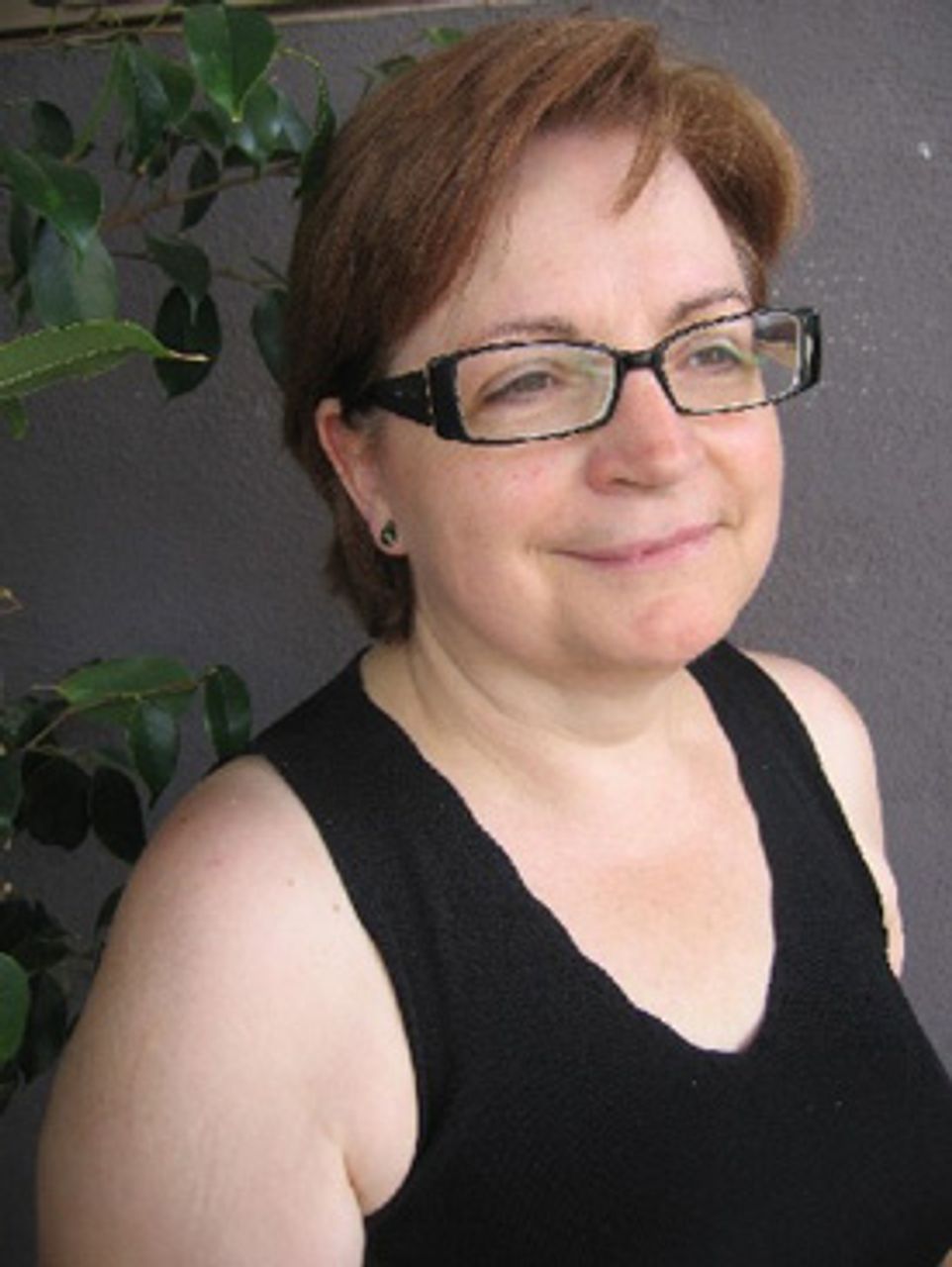 Montserrat Martínez
Montserrat MartínezMontserrat Martínez Soler is a remarkable woman. She has been at the forefront of the campaign to discover the truth about the mass graves that contain the remains of Republicans and leftists killed by Franco's forces during the Spanish Civil War (1936-1939) and his regime that followed. Estimates suggest the fascists killed as many as 300,000 political opponents, imprisoned some 500,000 people and forced a similar number into exile. There has never been an official investigation into these atrocities.
Montserrat's grandfather Juan Soler was killed during the battle of Vic in February 1939, as Franco's forces made their final push towards the Catalan capital of Barcelona. Juan, who lived and worked in the town of Gavà, a few miles to the southwest of Barcelona, volunteered to take part in the defence of the capital's northern approaches but was then killed. Juan and three of his comrades from Gavà were buried in a common grave with a number of other unknown soldiers on the mountainside at Gurb near Vic.
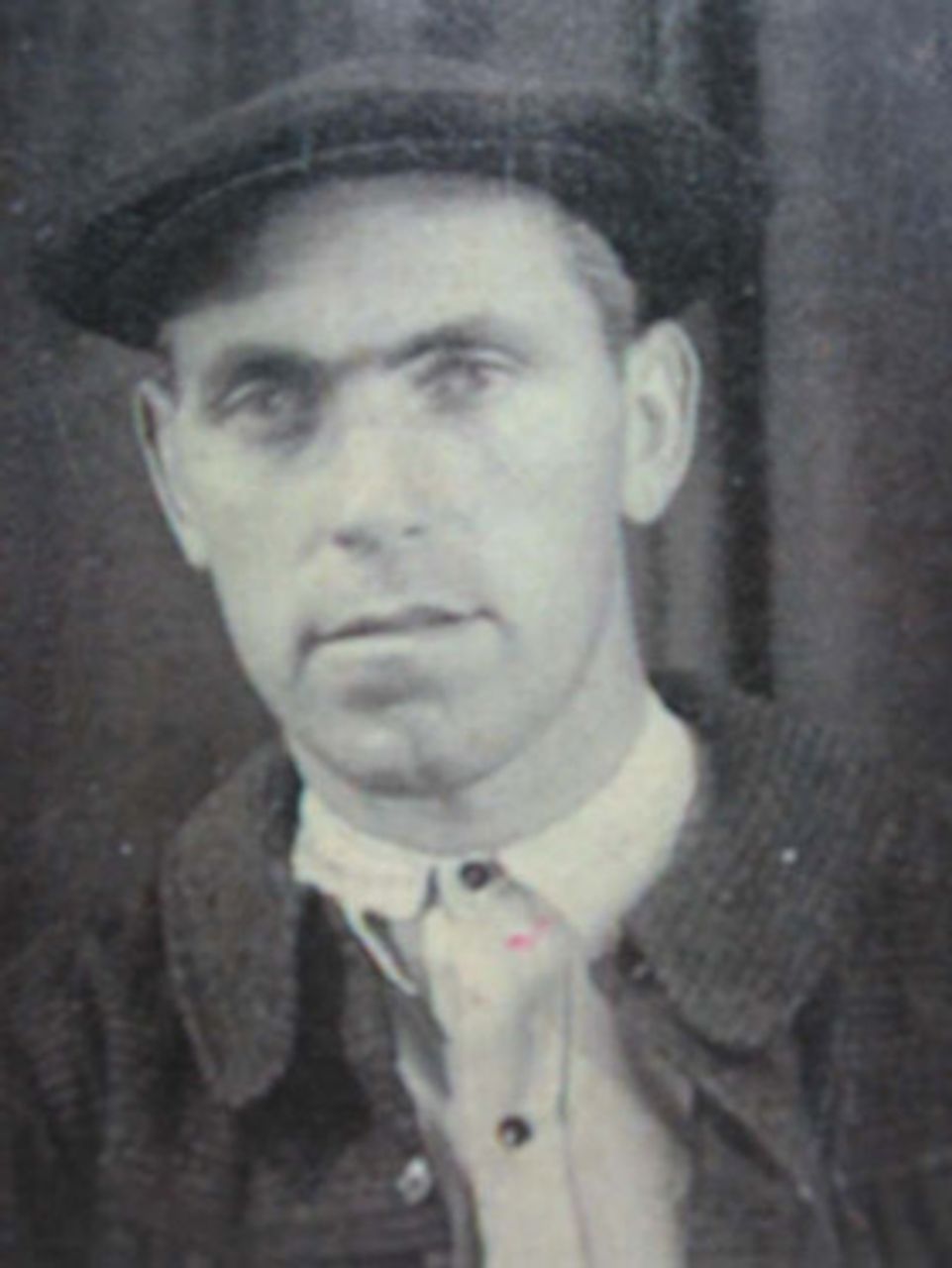 Juan Soler, Montserrat’s grandfather
Juan Soler, Montserrat’s grandfatherIn the video that accompanies this article Montserrat begins by explaining to World Socialist Web Site reporter Vicky Short how, days after Juan's death, his wife (Montserrat's grandmother) approached the bishop of Vic to allow him a Christian burial in his home town but was told, "they were enemies, they were Reds and couldn't be buried in a cemetery."
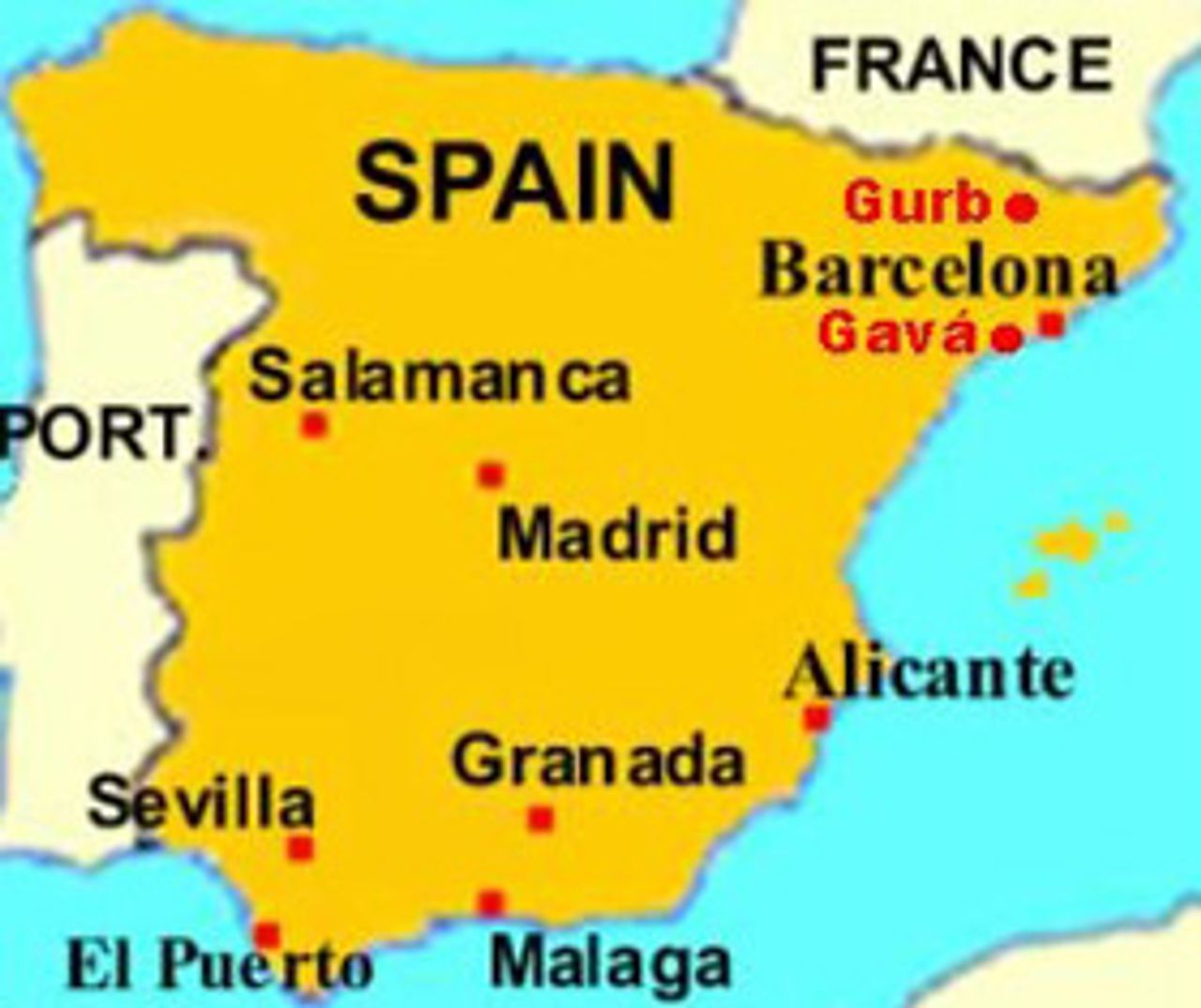 Montserrat Martínez
Montserrat MartínezFor the next 70 years, Montserrat continues, successive generations of Juan Soler's family made an annual visit to the grave at Gurb to make repairs and lay flowers on it in an attempt to keep his memory alive. She explains how it was impossible to do much more during the years of the dictatorship, and that even after Franco's death in 1975 with the "transition to democracy" it was still difficult.
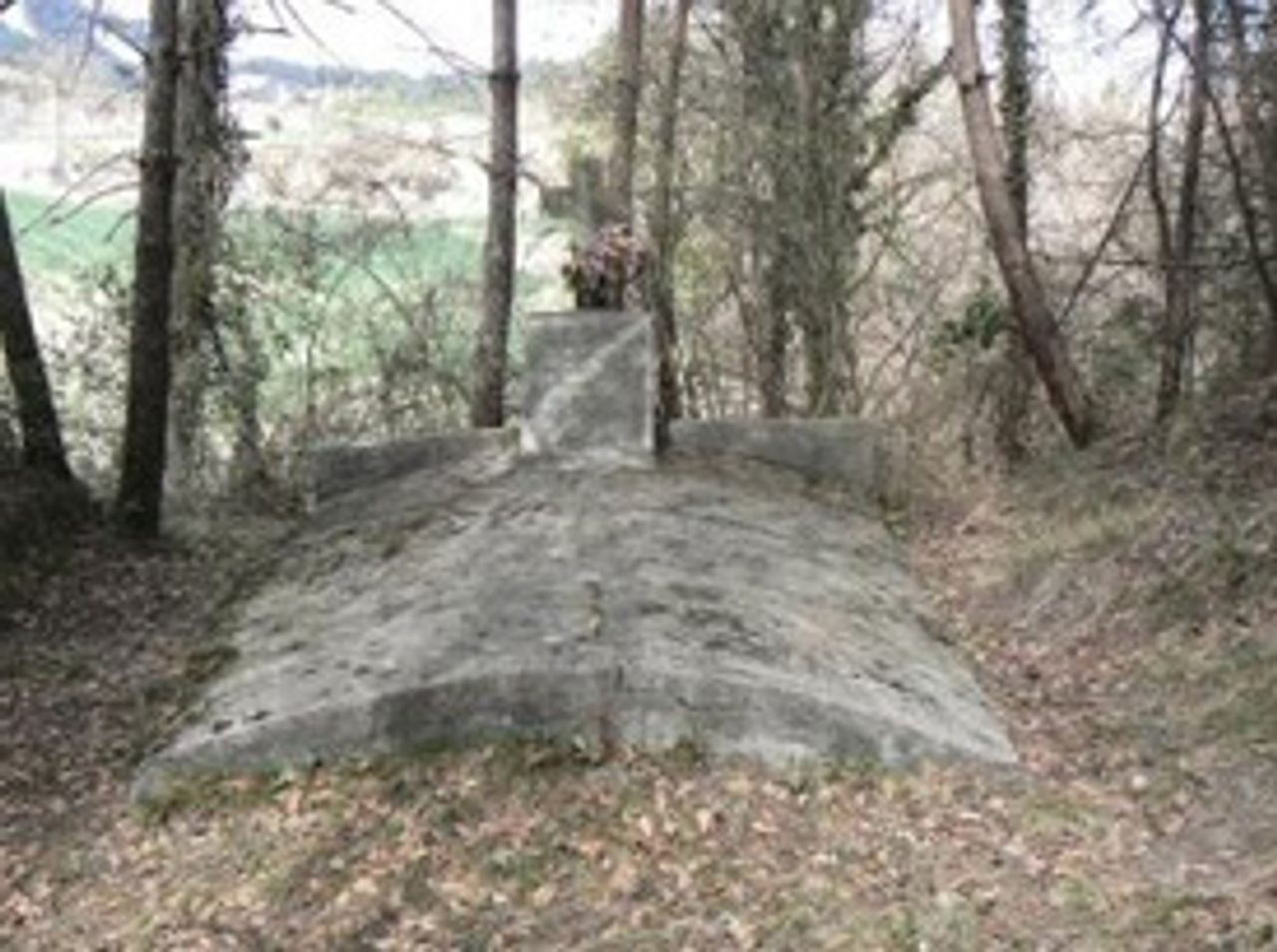 The grave at Gurb
The grave at GurbDuring the transition, the Socialist Party (PSOE) and the Communist Party (PCE) upheld the interests of Spanish capitalism and allowed the fascists to go unpunished and protected. It was they who agreed to the 1977 law granting the fascists an amnesty and a tacit "pact of forgetting" about their crimes. Montserrat remembers being told at the time, "Well at present...let's start over anew, and we have to forget the past."
In the video, Montserrat recounts how a few years ago a movement began for a "Democratic Memorial" to those who had been killed in the Civil War, which encouraged her to pursue her grandfather's case. She says her determination increased when the Popular Party (PP) government under José María Aznar announced it was proposing to bring back from Russia the bodies of fascists who had fought in the Blue Division alongside the Nazis in the Second World War.
Rising hostility towards the PP erupted in the 2004 election, when it emerged that the PP had lied in accusing Basque nationalists of responsibility for the Madrid train bombings in order to conceal the link between the bombings and Spain's participation in the Iraq war. The PP was swept from office and the PSOE under José Luis Rodríguez Zapatero was brought to power.
From the outset Zapatero was acutely conscious that his government confronted a leftward movement of the Spanish working class. This was expressed in the demands for some kind of reckoning with Franco's heirs and the growth of historical memory societies. Zapatero's government tried to appease this movement with a Law of Historical Memory in 2007, but its provisions were minimal. The burden was placed on the families of victims to initiate proceedings, and strict criteria have to be met before an evaluations committee can approve an investigation. There has to be historical evidence of a grave's existence before it can be considered, but as one researcher has pointed out, to this day, the main documents referring to fascist repression are either destroyed or locked away. The legal status of the military justice archives remains unresolved, and the church authorities refuse to instruct parish priests to open their church records.
Montserrat talks about having to go through "papers and more papers" for several years before an exhumation of her grandfather's grave was even considered. And, as she points out, the exhumation at Gurb is only a "test case" with no guarantee that the Catalan government will proceed with the 2,000 requests for exhumations it has received from other families.
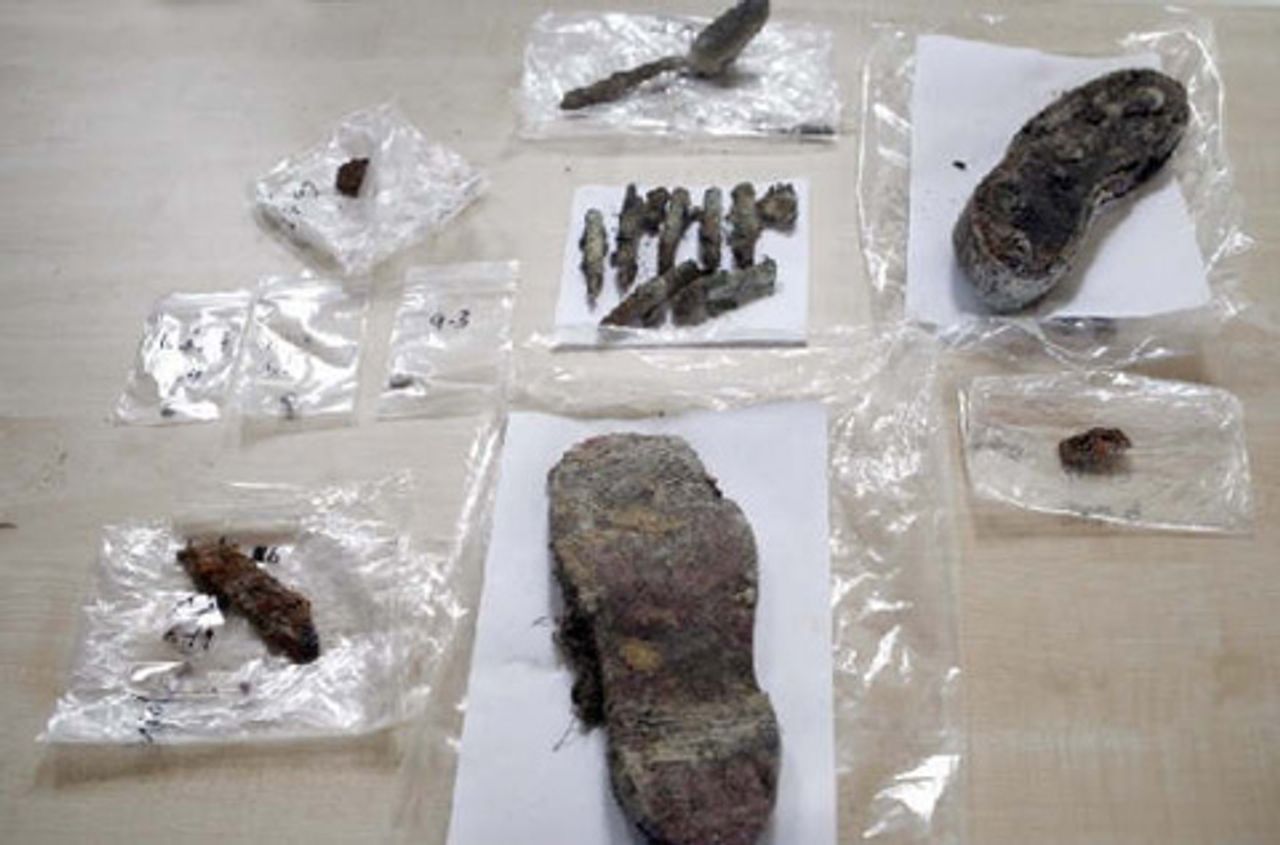 Among the objects exhumed from the grave were human remains, clothing, cutlery and ammunition.
Among the objects exhumed from the grave were human remains, clothing, cutlery and ammunition.The exhumation process of the grave at Gurb was eventually completed in spring 2008, and the remains of 13 bodies and numerous artefacts, including clothing, cutlery and ammunition, transferred to a laboratory at the Autonomous University of Barcelona for further identification. One poignant object was a glass bottle containing a badly decomposed message inside thought to be related to the burial of the soldiers. Montserrat praises the 12 scientists who carried out the exhumation for showing "such great care and affection."
Preliminary investigations of the skeletons showed signs of fractures, which could have been caused by bullets and five skulls had damage consistent with gunshots to the head. A full autopsy was due to have been completed by the end of 2008, but Montserrat has not yet been officially notified of the results.
Because of the tireless work by the historical memory societies to uncover the names of 114,266 disappeared people between 1936 and 1951 and to present them in petitions to the National Court, Spain's top investigative judge Baltasar Garzón announced an investigation last year. Pressure had also come from international human rights organisations such as Amnesty International and the United Nations Human Rights Commission.
Garzón accused Franco and 44 collaborators of human rights abuses against political opponents and drew attention to the tens of thousands of children of the fascists' victims who had been taken away and put up for adoption "erasing their identities." He ordered the opening of hundreds of mass graves, including those inside Franco's enormous mausoleum, which still towers over the countryside near Madrid.
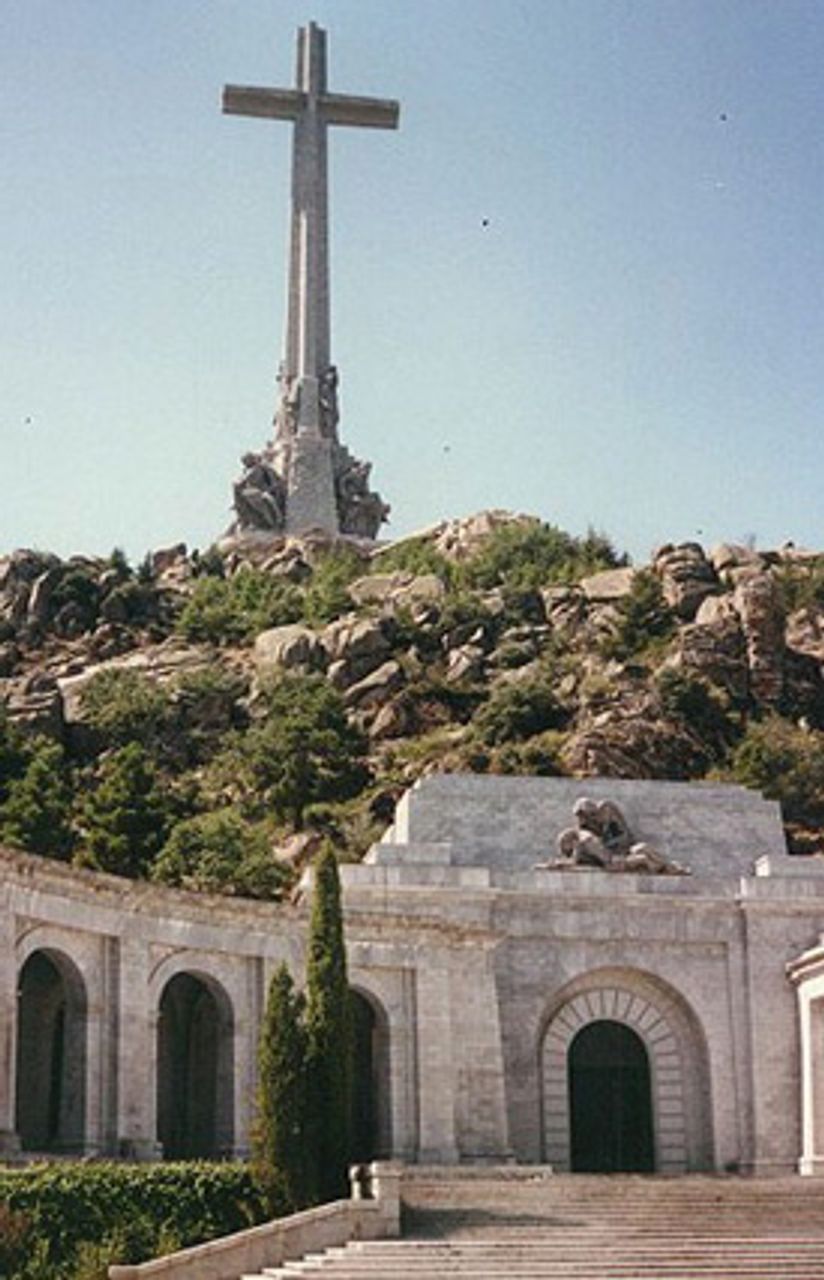 Franco’s mausoleum near Madrid
Franco’s mausoleum near MadridHowever, within days, under pressure from right-wing politicians, the media and church (the PCE's former head Santiago Carrillo also expressed his opposition to Garzón's investigations) the government's public prosecutor appealed against the judge's actions saying he had no jurisdiction over crimes, which had been covered by the 1977 amnesty. Garzón abandoned his investigations before the National Court ruled against him and referred them back to provincial courts, many of which have already said they do not feel qualified to continue with them.
Representatives for historical memory societies accuse the Zapatero government of having used the whole Garzón affair to delay further investigations and derail the movement for truth, which was rapidly getting out of its control.
Millions who had hoped that at long last there would be some sort of justice for Franco's victims have seen their hopes cruelly dashed. It is clear the Spanish ruling class remains determined to use the arrangements reached in the immediate aftermath of Franco's death in 1975 to suppress any serious assessment of what happened under his dictatorship.
Even within such a heavily circumscribed framework, Garzón's investigation was judged to be too dangerous. The deepening political and social divisions pose too great a threat to the constitutional arrangements established with the transition.
However, this latest manoeuvre cannot end the demands for justice nor eradicate the bitter memories of the fascist era. Rather, these can only grow as the current social and political situation worsens.
